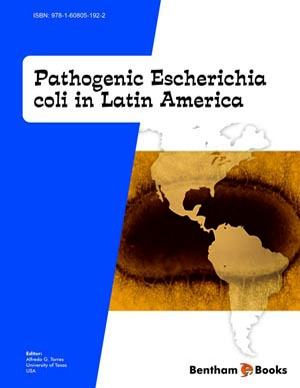Abstract
SHS investigation development is considered from the geographical and historical viewpoint. 3 stages are described. Within Stage 1 the work was carried out in the Department of the Institute of Chemical Physics in Chernogolovka where the scientific discovery had been made. At Stage 2 the interest to SHS arose in different cities and towns of the former USSR. Within Stage 3 SHS entered the international scene. Now SHS processes and products are being studied in more than 50 countries.
Abstract
Chemical communication between pathogens and host mucosal cells corresponds to a dynamic array of molecular interactions. The signature molecules unique to microbial pathogens allow the mammalian immune system to recognize them as a foreign element. This recognition is usually mediated by receptor proteins, which can be classified as toll-like receptors, and recently described as nod-like receptors. These interactions result in innate immune responses targeted against the invading organism. Pathogens also elaborate a variety of proteins that actively engage host signaling pathways and subvert them to facilitate their growth and dispersal. The host function alterations are mediated by microbial pathogens including inflammatory responses, secretory responses, alteration of host cytoskeleton, disruption of epithelial tight junctions and apoptosis. Important interactions between pathogens and host cell involves chemical signaling, that depends on cell density and signaling molecules identified as autoinducers that function as hormone-like molecules in a phenomenon also known as quorum sensing. Pathogens can use these systems to colonize and cause disease in the host, and we will further discuss these mechanisms in this chapter. Chemical signaling involved in these interactions are potential targets for therapeutic strategies against infectious microbes.
Recommended Chapters
We recommend

Authors:Bentham Science Books


 Download PDF Flyer
Download PDF Flyer



